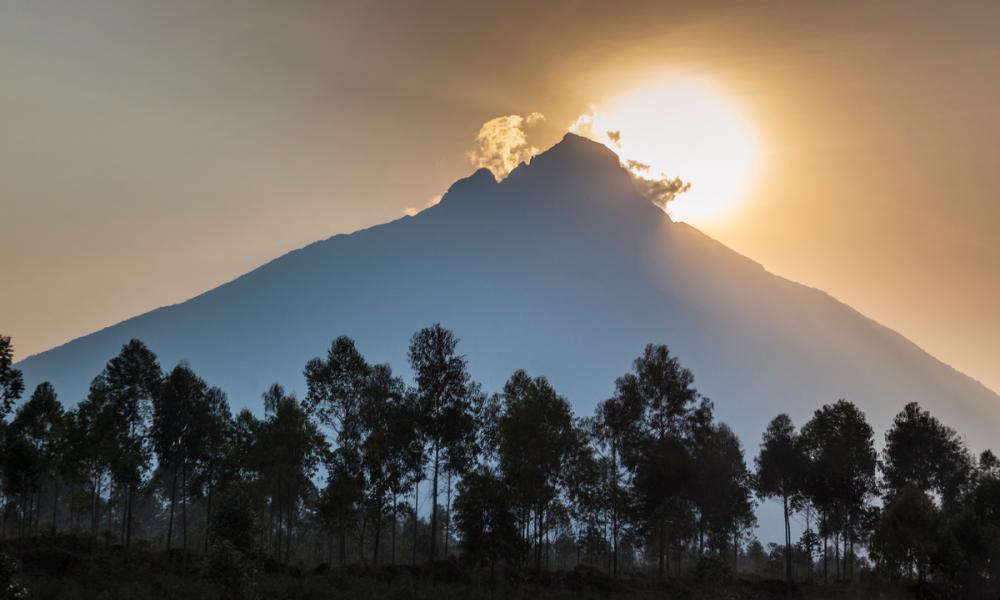
Why Virunga-Bwindi-Volcanoes is so important
Why Virunga-Bwindi-Volcanoes is so important
This is one of the most biologically diverse parts of the planet. Its combination of ancient tropical forests, ice-capped mountains, active volcanoes, savannah, swamps and wetlands is home to elephants, hippos, unique birds and rare plants.
But Virunga-Bwindi-Volcanoes' most famous residents are its critically endangered mountain gorillas. There are only about 1,063 of these amazing animals (our very close genetic relatives) surviving in the wild.
Around 604 of them are in the Virunga mountains, living in high-altitude cloud forests. About another 459 are in Bwindi Impenetrable National Park.
In collaboration with an array of local, national and international partners, we are developing a wider Greater Virunga Landscape Strategy to ensure a landscape and transboundary approach within GVL. We intend to facilitate a bottom-up approach that embraces people-centred, transboundary, sustainable landscape approaches and that adds value to the existing breadth of work.
-0.0649884, 29.5107708
Location of Virunga-Bwindi-Volcanoes
The Virunga-Bwindi-Volcanoes landscape is spread across the borders of three countries in central Africa – Democratic Republic of the Congo (DRC), Uganda and Rwanda.

About Virunga-Bwindi-Volcanoes
About Virunga-Bwindi-Volcanoes
Running down the borders of three countries in central Africa, the Virunga-Bwindi-Volcanoes landscapes range from dense, lush forests to dry savannahs, volcanic lava plains and snow-capped mountains. Virunga-Bwindi-Volcanoes is the only place in the world where you’ll find the critically endangered mountain gorilla – divided into groups almost equally between the Virunga mountains and Bwindi Impenetrable National Park.
Within this landscape is Virunga National Park which was Africa’s first national park (in 1925) and was made a World Heritage Site in 1979. The smaller Bwindi Impenetrable National Park joined it on the WHS list in 1994.
Local people rely heavily on forest resources and that’s put a lot of stress on the gorilla’s environment.
It’s also an area that’s been afflicted by decades of armed conflict, which has made protecting the environment and its wildlife much more difficult, and often dangerous.

Oil Company leaves Virunga National Park
We campaigned to protect Virunga National Park from the threat of oil exploration. More than 765,000 people from around the world signed our petition to protect the park from oil exploration, and helped us achieve a great result. In June 2014 UK oil company Soco announced it would stop its operations there, and would respect all other UNESCO World Heritage Sites. UNESCO had consistently said, for over a decade, that oil, gas and other extractive activities are “fundamentally incompatible” with World Heritage status. But Virunga National Park still isn’t completely safe from all potential drillers and extractors. We need to convince the government in the Democratic Republic of the Congo to reject all similar proposals and support a safe, sustainable future for Virunga National Park.
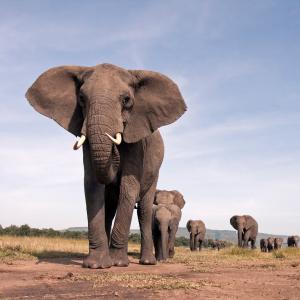
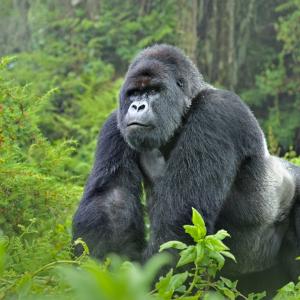
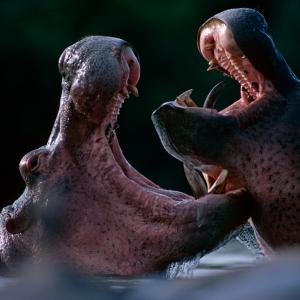
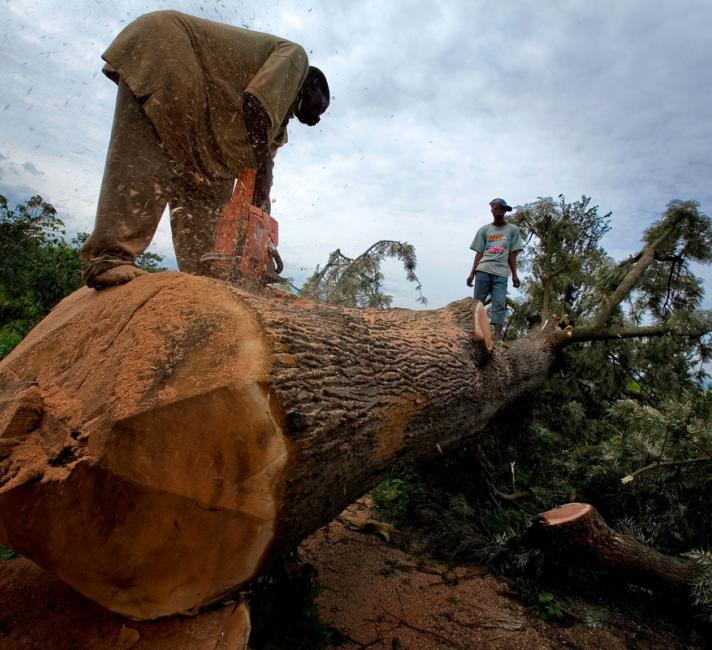
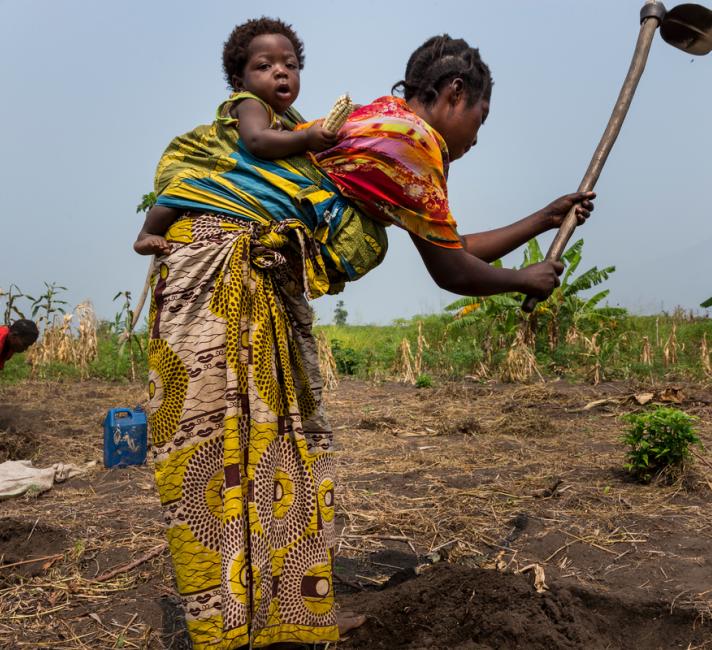
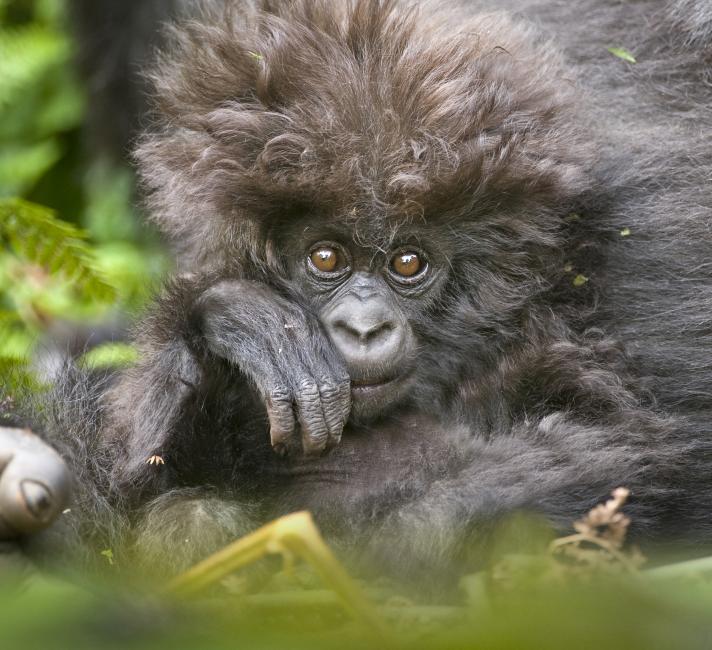
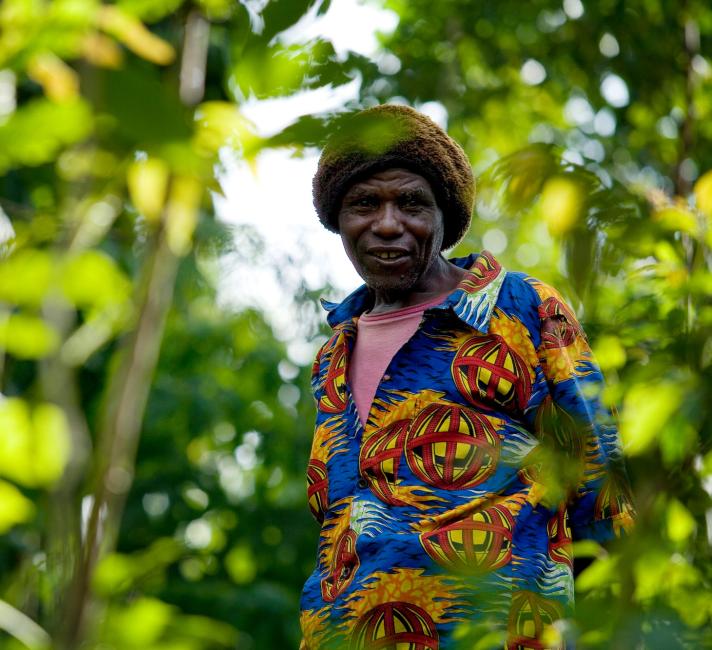
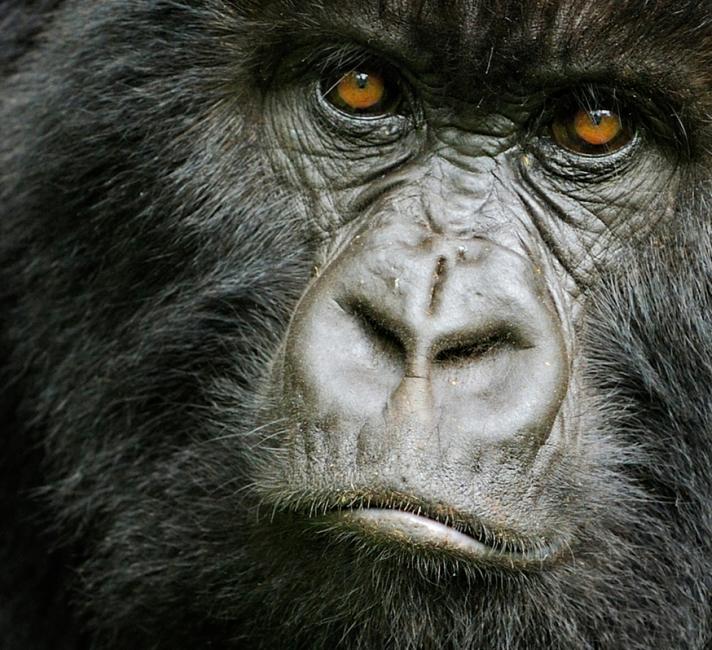
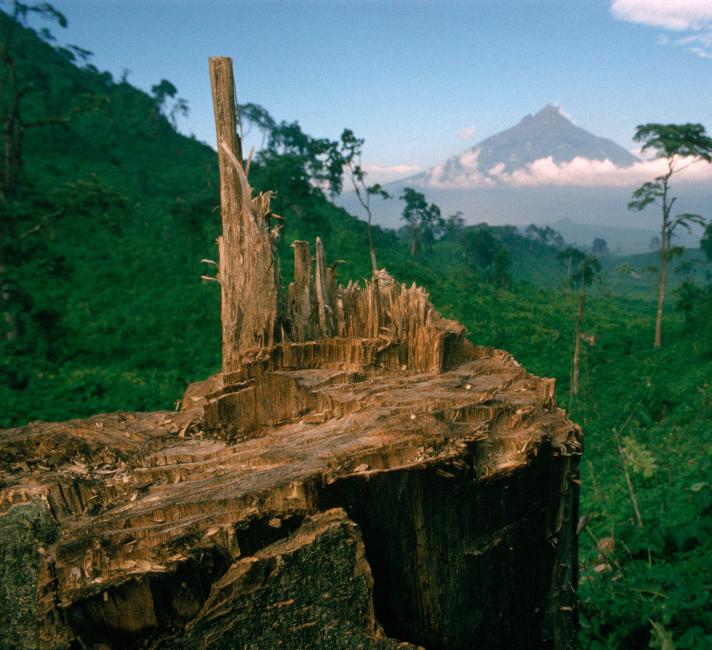
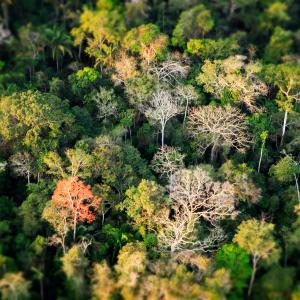
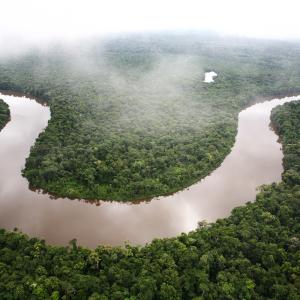
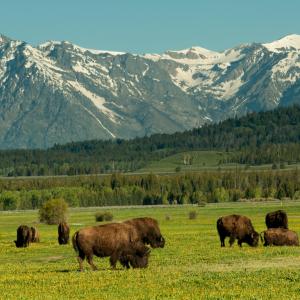
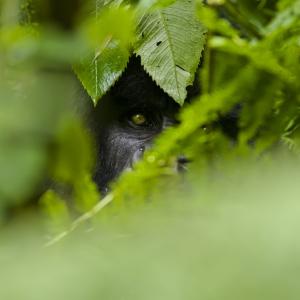

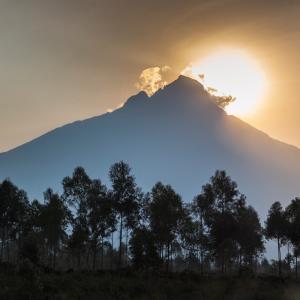
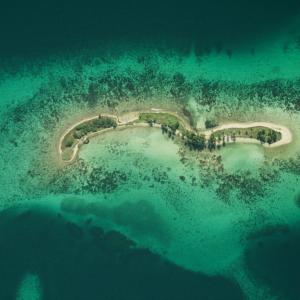
 Mountain gorillas: close relatives at risk
Mountain gorillas: close relatives at risk
 How we're holding the line in Virunga
How we're holding the line in Virunga
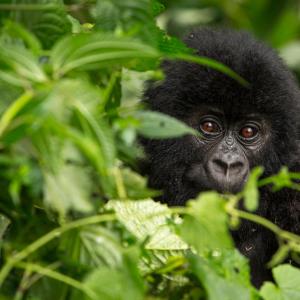 Top 10 facts about mountain gorillas
Top 10 facts about mountain gorillas
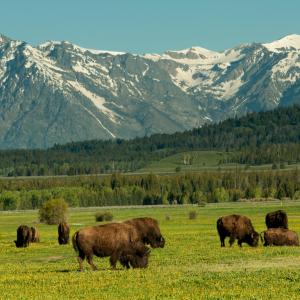 Awe-inspiring mountain environments
Awe-inspiring mountain environments